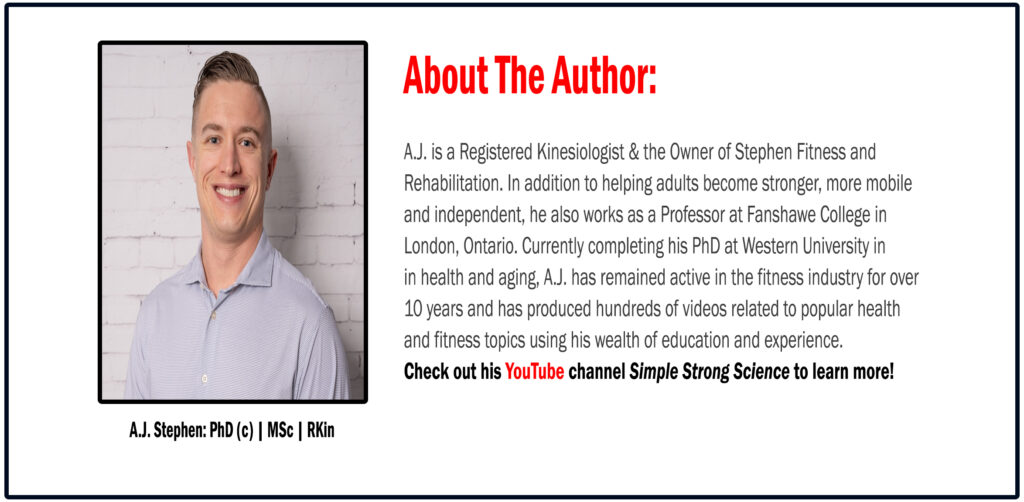The brain, much like the muscles in our body, needs regular exercise to maintain its health. For older adults, particularly those with dementia, this becomes even more important. While dementia affects memory and cognitive abilities, research and our own observations have shown that regular physical activity can slow down its progression and alleviate some of its symptoms.
Benefits of regular exercise
- Improves blood flow: A well-oxygenated brain functions better. Cardiovascular exercises ensure a steady flow of oxygen-rich blood to the brain, keeping it active and healthy.
- Stimulates human growth hormone production: This hormone is vital for tissue growth and repair. In the context of brain health, it aids in the regeneration of brain cells, which is especially beneficial for dementia patients.
- Reduces inflammation, stress, and anxiety: Chronic inflammation can contribute to cognitive decline. Exercise helps in reducing inflammation, while also releasing endorphins, which combat stress and anxiety.
- Enhances concentration and focus: Post-exercise, individuals often report feeling more alert and focused, a feeling that can last for hours.
- Improves sleep quality: Good sleep is crucial for brain health. Regular exercise can help improve sleep patterns, ensuring the brain gets the rest it needs to function optimally.
- Increases neurotrophic factor levels: Compounds like BDNF (Brain-Derived Neurotrophic Factor) promote the survival of nerve cells, aiding in communication between brain cells, which is crucial for those with dementia.
How to engage the brain during exercise
Given the benefits, it’s important to incorporate exercises that not only keep the body active but also challenge the brain. Here are some ways to engage the brain during exercise:
- Combine upper and lower body movements: For instance, if you’re stepping in place, add arm raises to the mix. This forces the brain to coordinate multiple actions simultaneously.
- Incorporate cross-body movements: Bring your knee up and tap it with the opposite hand. Such movements promote communication between both hemispheres of the brain.
- Use opposite sides simultaneously: Lift your left knee and right arm at the same time. This can improve coordination and balance.
- Add tasks to exercises: Instead of merely doing ankle circles, ask them to “write” their name with their big toe. Such tasks compel the brain to think and act simultaneously, strengthening neural pathways.
To summarize
Exercise is not just about physical well-being. For older adults with dementia, it’s a way to keep the brain engaged, active, and healthy. Always remember to consult with a healthcare professional before starting a new exercise regiment. And most importantly, make exercise fun and a regular part of the daily routine. It’s never too late to start, and the brain will thank you for it!
